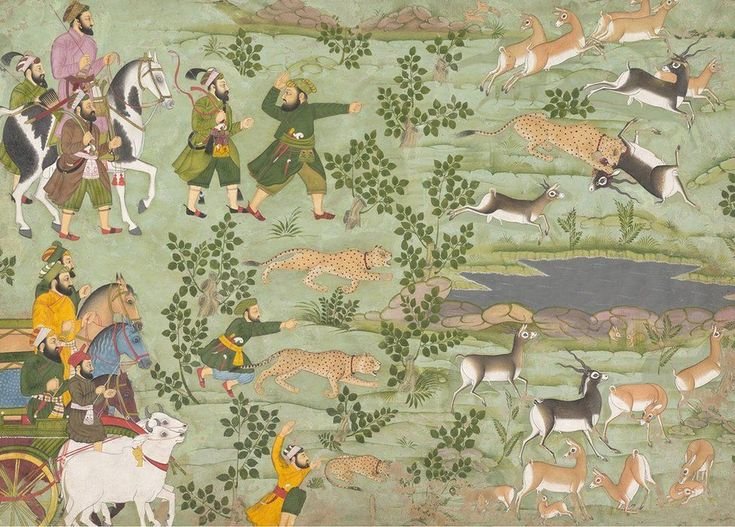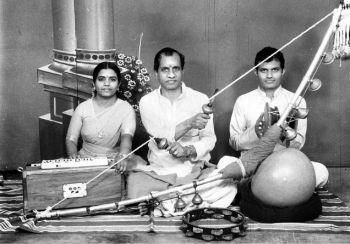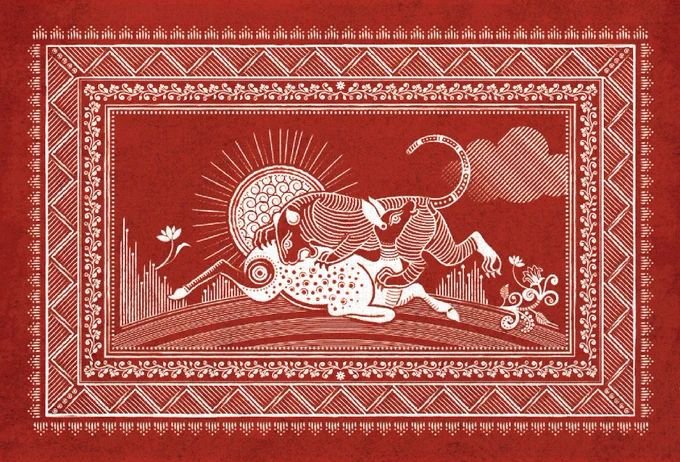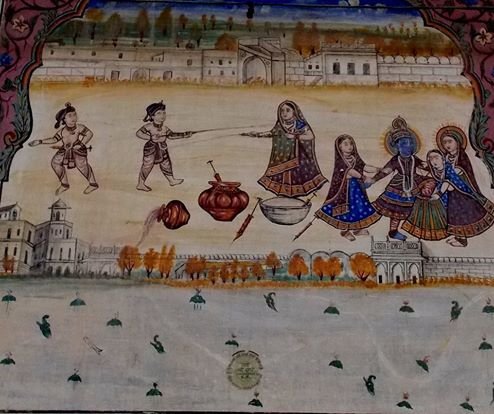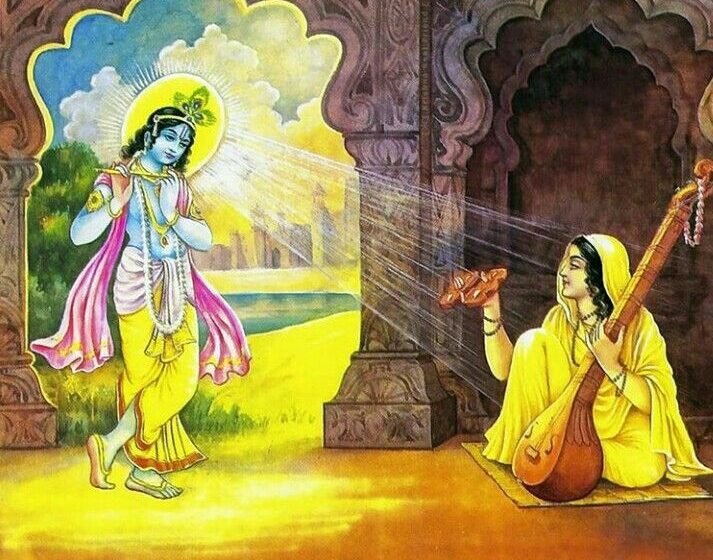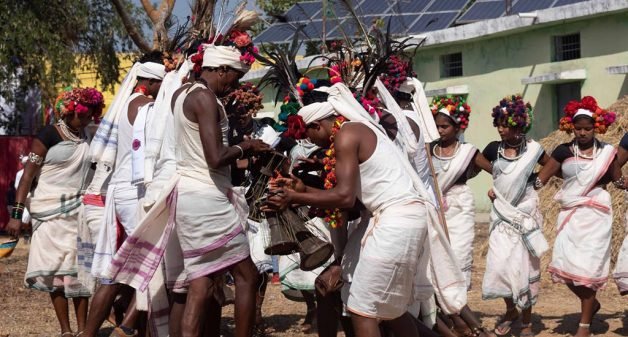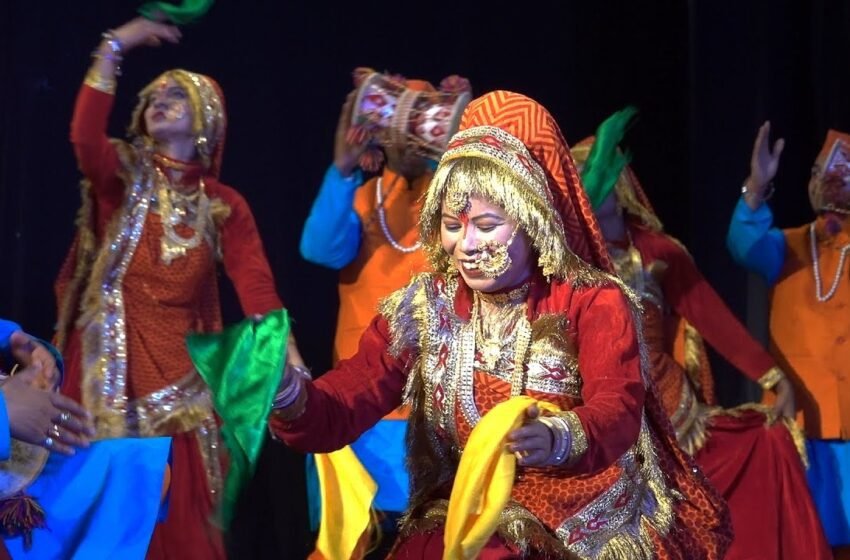The Stonewall Riots, which took place in New York City’s Greenwich Village in June 1969, are widely regarded as the catalyst for the modern LGBTQ+ rights movement. These spontaneous protests against police harassment at the Stonewall Inn marked a shift in the fight for LGBTQ+ equality, setting the stage for increased activism, community organisation, and […]Read More
Tags : stories
Indo-Persian Art and Mughal Empire Art: Origins, Techniques, and Influence
Indo-Persian art is a remarkable fusion of Persian and Indian artistic traditions, which reached its pinnacle under the Mughal Empire (1526–1857). This art form is characterized by its intricate details, refined aesthetics, and a harmonious blend of Persian elegance with Indian richness. From miniature paintings and grand architecture to calligraphy, textiles, and decorative arts, Indo-Persian […]Read More
India is a land of rich cultural heritage, where every art form tells a story. Among the many traditional storytelling techniques, Villu Paatu stands as a unique and mesmerizing folk art form that once captivated audiences in Kerala and Tamil Nadu. However, with the rapid modernization of entertainment, this centuries-old art is fading into obscurity. […]Read More
Folk music has always been an integral part of India’s cultural and social heritage, with each region having its own unique musical traditions. Bihar, a land steeped in history and tradition, has a rich folk music culture that reflects the daily lives, struggles, and joys of its people. Among these traditional forms of music, Charwa […]Read More
Art has always been a mirror of cultural identity, spiritual beliefs, and the everyday lives of communities. Among India’s diverse regional art forms, the Aipan painting of Uttarakhand holds a special place, deeply tied to the Kumaoni community. Known for its intricate patterns and meaningful motifs, Aipan is more than just decoration—it’s a form of […]Read More
The Endangered Art of Mathura Wall Paintings: A Journey Through
Mathura, often hailed as the birthplace of Lord Krishna and a spiritual hub of India, boasts a rich cultural heritage that has thrived for centuries. Among its many artistic gems, the intricate wall paintings that once adorned its homes, temples, and communal spaces hold a special place. These vibrant murals, depicting the life and legends […]Read More
Poetry now seems to be fleeing, as if restless in its own skin! The nearby poems catch wind of its urgency, stirring in quiet unease. Each verse dares to stretch beyond its boundaries, pausing mid-flight to wrestle with the weight of its own thoughts. The Bhakti Kaal (Devotion Period) left a profound mark on Hindi […]Read More
Gond tribal music, deeply rooted in the traditions of the Gond community in Madhya Pradesh and Chhattisgarh, is an artistic expression that has been passed down through generations. This music serves as an integral part of their cultural and spiritual life, playing a significant role in rituals, storytelling, and communal gatherings. However, in the face […]Read More
Uttarakhand, nestled in the lap of the Himalayas, is a land rich in culture, traditions, and folklore. Among its many musical treasures, Chapeli stands out as an essential part of its folk heritage. Chapeli, a form of traditional folk singing, has been an integral part of festivals and social gatherings in Uttarakhand for generations. These […]Read More
The Civil Rights Movement was a defining period in American history, marked by the fight against racial segregation, discrimination, and systemic oppression. It was a battle for equality that relied on nonviolent resistance, legal challenges, and grassroots activism. African Americans, along with allies from various backgrounds, pushed for fundamental rights that had been denied to […]Read More

